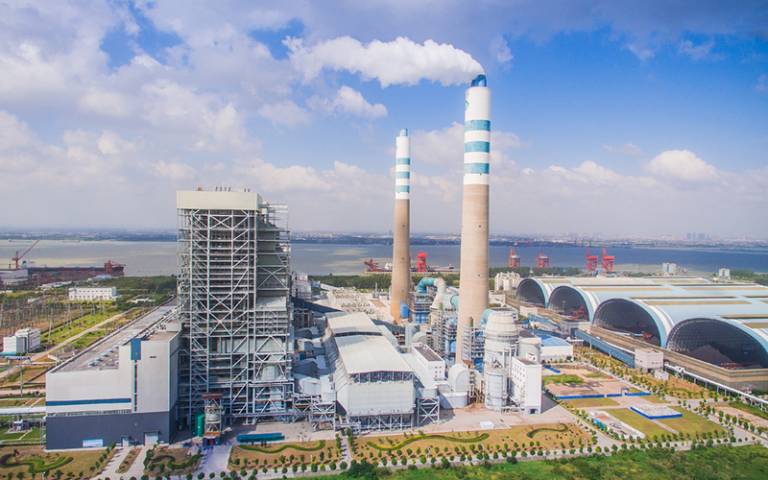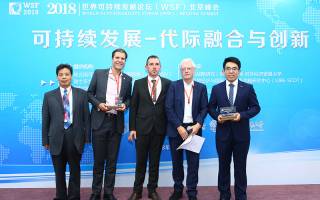Dr Zhifu Mi reveals emissions from Chinese power plants have substantially declined
7 October 2019
Dr Zhifu Mi has published recent findings on the reduction of Chinese power plant emissions in Nature Energy Journal.

Dr Zhifu Mi’s paper Substantial emission reductions from Chinese power plants after the introduction of ultra-low emissions standards has been published in Nature Energy.
In 2014 China introduced an ambitious ultra-low emissions (ULE) standards policy for renovating coal-fired power generating units to limit air pollutant emissions.
Dr Mi’s study estimates the reduction this has caused by constructing a nationwide, unit-level, hourly-frequency dataset, using data from a monitoring system covering 96-98% of Chinese thermal power capacity during 2014-7.
Previous studies have looked into how the introduction of ultra-low emissions (ULE) standards may affect power emissions based on assumption – this is the first study to explore this using actual measured data on carbon emissions.
What are the main findings?
- The research finds that previous methods of estimating Chinese power emissions were producing overestimated results – highlighting the importance of the methodologies employed in this study
- The study was instrumental in developing the China Emissions Accounts for Power Plants (CEAP) database which is freely available online. The database presents, organises and analyses data from China’s continuous emission monitoring systems (CEMS) network – the direct, actual real-time measurements of emission concentrations for a variety of air pollutants at power plant stacks nationwide (the right targets of the ULE standards).
- The paper demonstrates that estimation for the 2014-17 period reveals an overall early compliance of Chinese coal-fired power plants with the ULE standards.
Zhifu comments,
“This is encouraging news for China, as well as other countries wishing to reduce their power emissions. Thermal power plants combusting coal, oil, natural gas and biomass are one of the major contributors to global air pollution. Our results show that between 2014 and 2017 China’s annual power emissions of SO2, NOX and PM dropped by 65%, 60% and 72%, respectively. These significant emission reductions demonstrate the technical and economic feasibility of controlling the emissions from power plants at ultra-low levels. Using the CEAP database, we forecast that China’s power emissions will further decline if all thermal units meet the ULE standards in 2020.”
Nature Energy is a monthly, online-only journal publishing the best research on energy, from its generation and distribution to the impacts energy technologies and policies have on societies. It has an impact factor of 54.
Read the full paper on the Nature Energy website.
Dr Zhifu Mi is a Lecturer at The Bartlett School of Construction and Project Management, with research interests in the area of climate change economics and energy policy. He has published over 50 papers in peer-reviewed journals and serves as an Executive editor of the Journal of Cleaner Production. He was awarded the 2018 World Sustainability Award and named in Forbes 30 under 30.
 Close
Close



